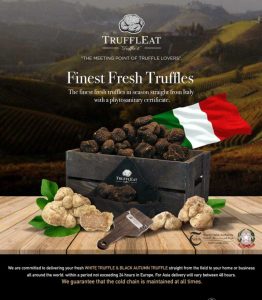The bright red sauce Henry Heinz first peddled in 1876 is considered by many to be the quintessential American condiment. Yet ketchup (or catsup) was neither created in the New World nor originally made with tomatoes, even though the FDA still defines it as “prepared from one or any combination of two or more … tomato ingredients.”
Marco Polo is generally credited with bringing the sauce’s antecedents to Europe after his 13th century travels in Asia. His journals include notes about a brine of pickled fish or shellfish called ke-tsiap or koe-chiap in the Amoy Chinese dialect. The Malay word for a similar sauce was ke chap. By the 16th century, when trade with the Orient opened up, several ketchup-like condiments gained popularity, especially with British sailors. The vinegary sauces could withstand long sea voyages and mask dull flavors, making it particularly popular.
In the late 19th century, New World settlers began cooking tomatoes to be made into sauces and condiments. By the mid- to late 19th century, ketchups continued to evolve and were being made with increasingly more sugar and eventually anchovies were removed.
Today, the pendulum is swinging back with alternative (non-tomato) ketchups becoming less sweet, and much spicier. New options include blackberry, banana, and peach ketchups as well as mushroom and anchovy offerings—all of which can be an exciting and even colorful partner for a wide variety of prepared food offerings.
Here, find three original ketchup inspired recipes.
- Baked Parmesan-Panko Crusted Pork Chops with Mushroom Ketchup
- Cheddar, Leek, and Potato Frittata with Tomatillo-Apple Ketchup
- Sweet Potato-Chive Pancakes with Dried Plum-Pear Ketchup.
Related: Natural Sauces and Dressings Contribute to Growing US Market.

